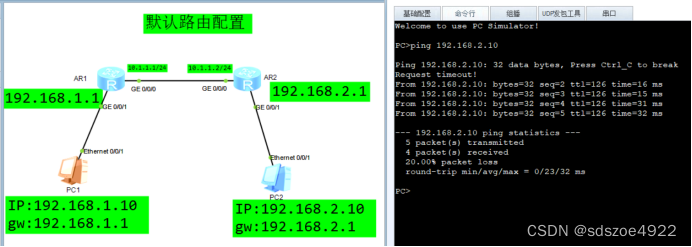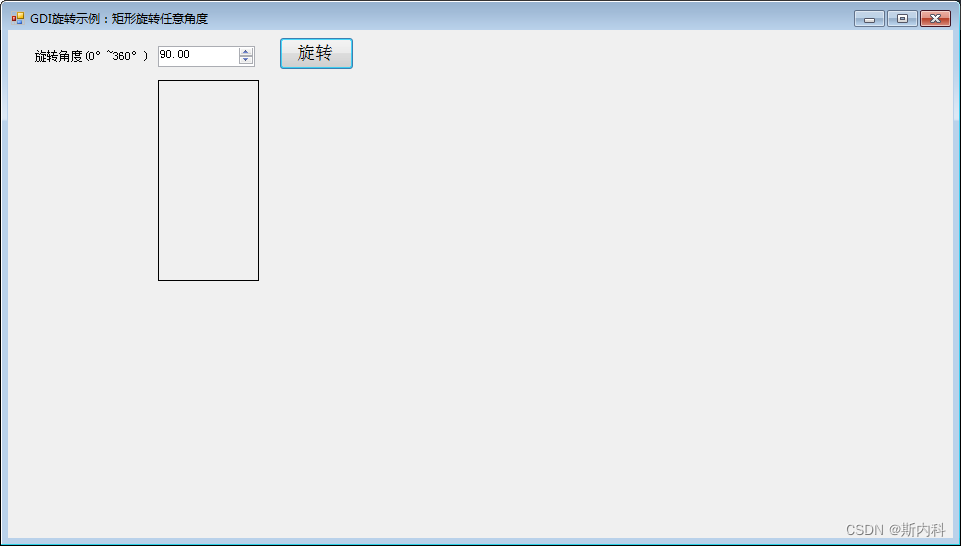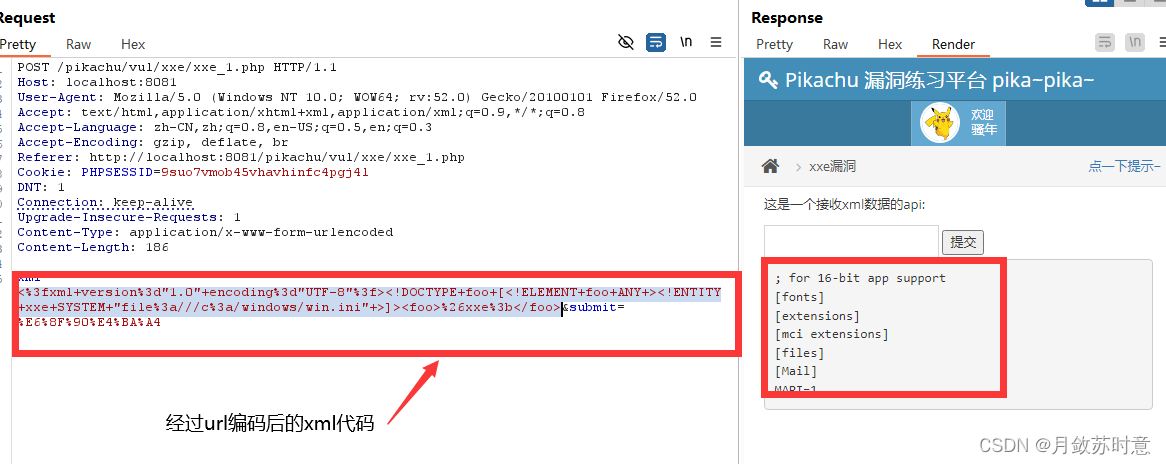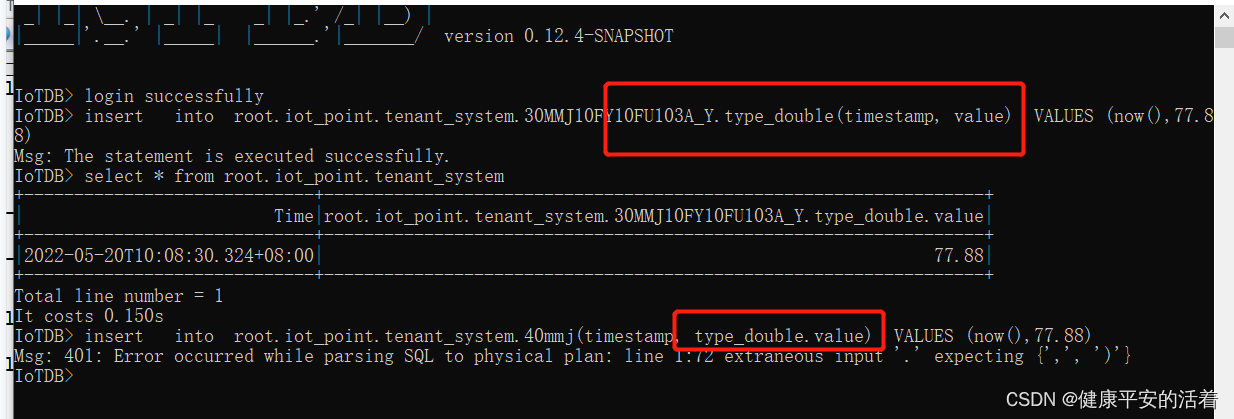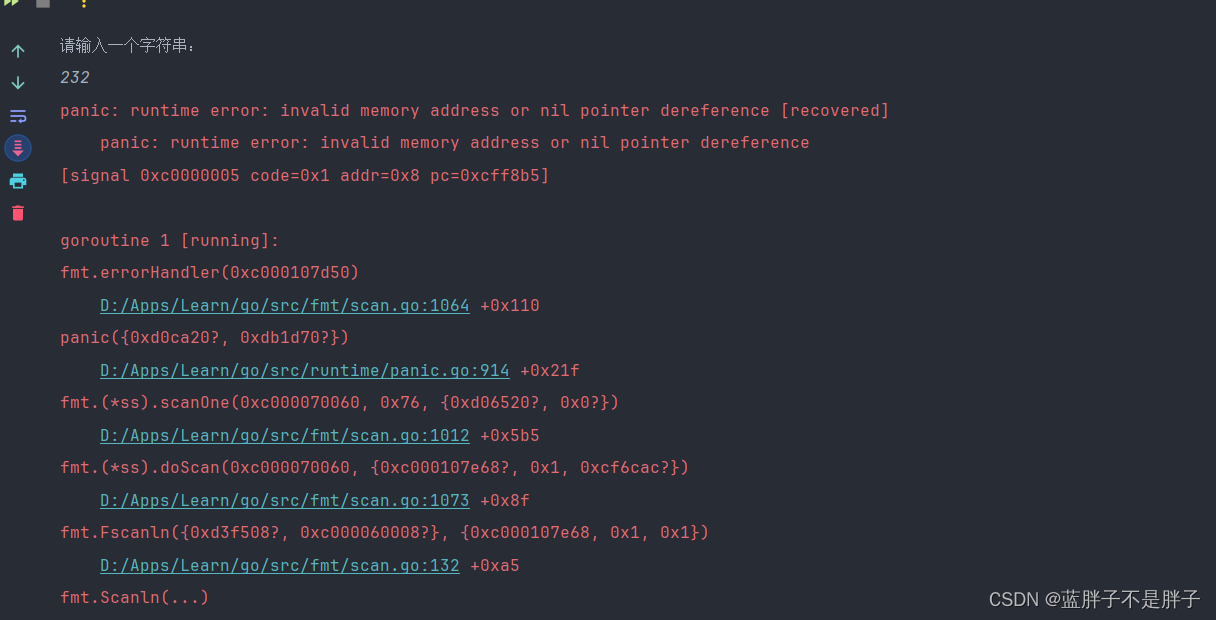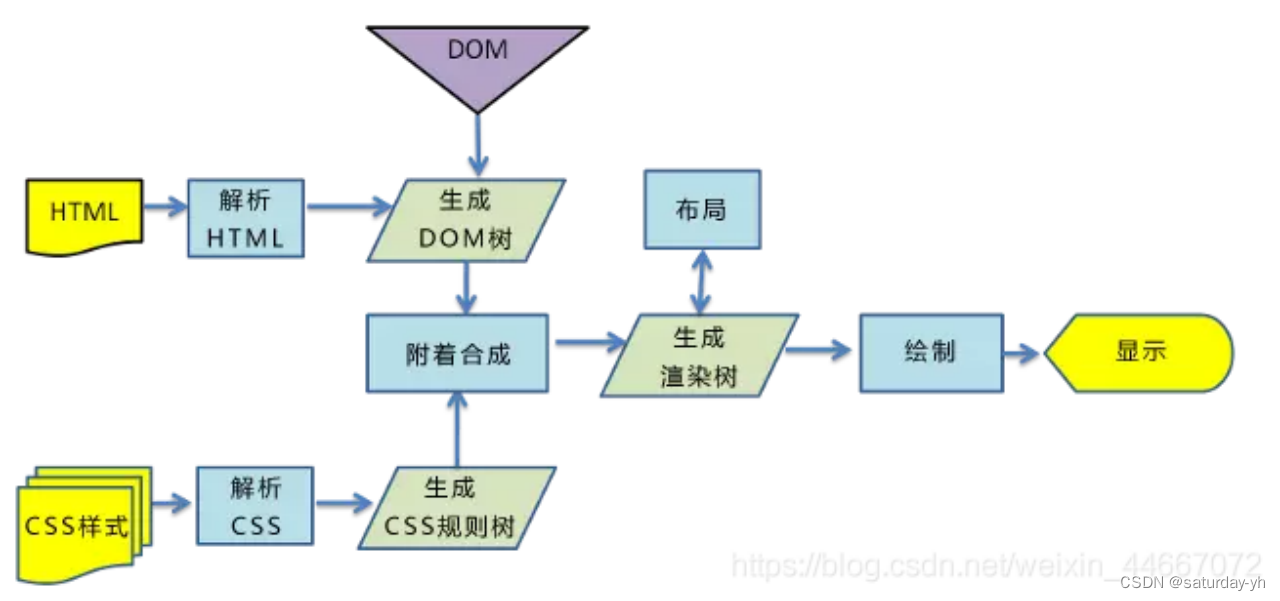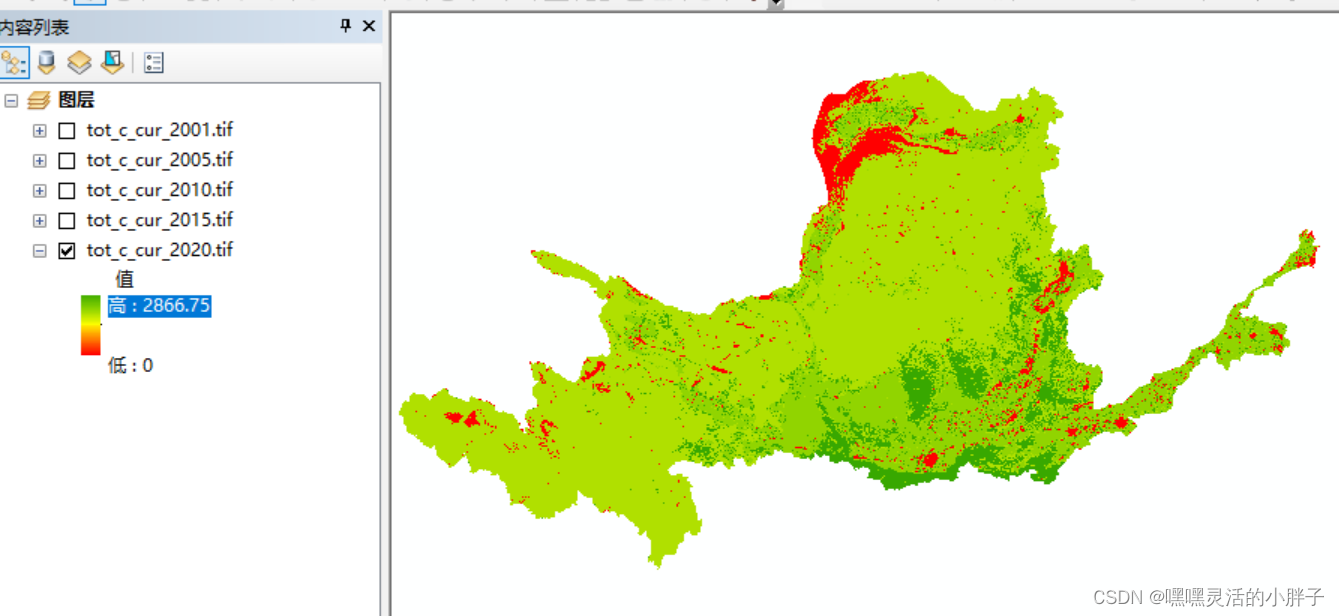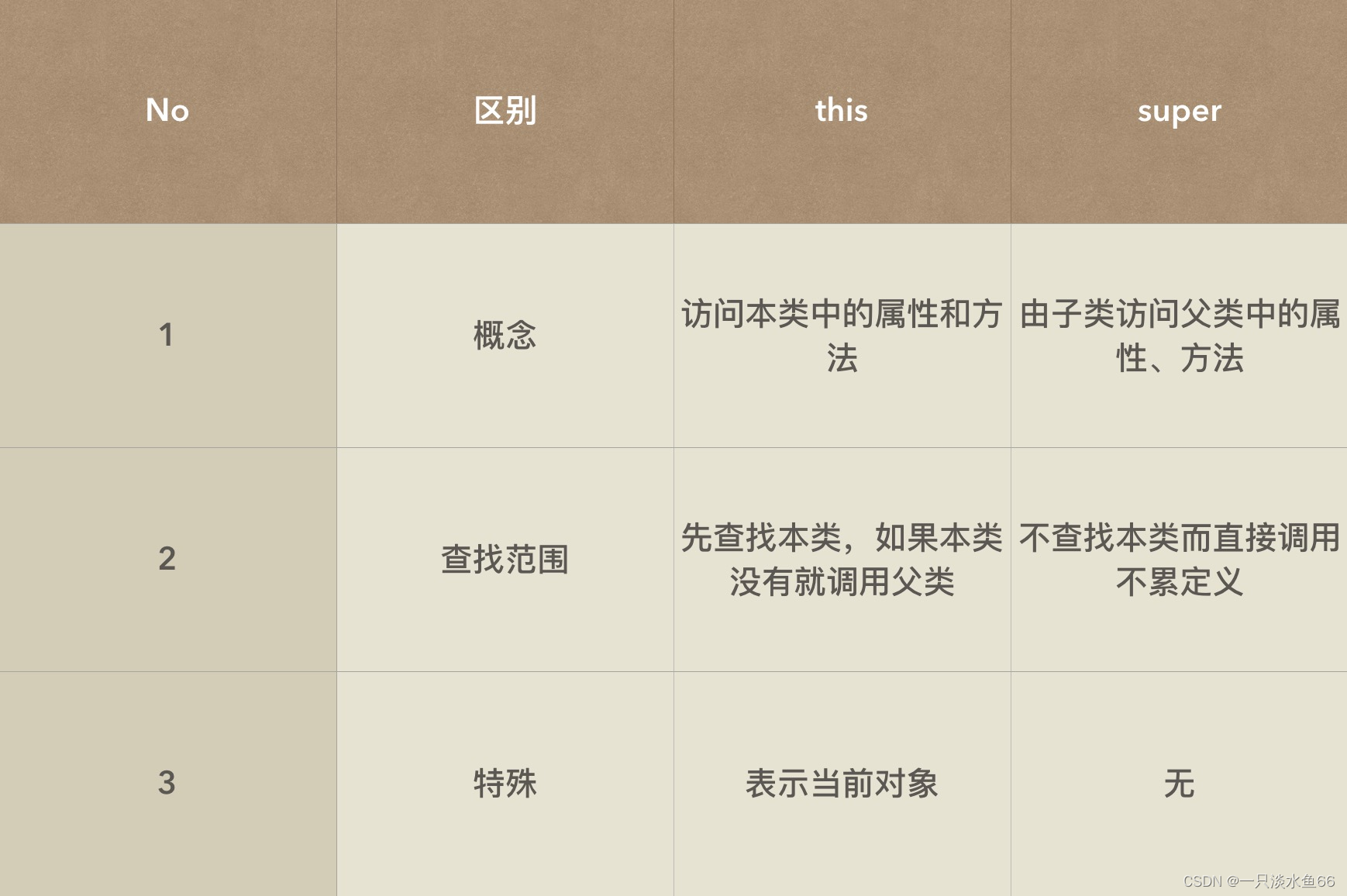目录
- 8.1、Spring Resources概述
- 补充:什么是 low-level 资源?
- 1. 文件系统资源
- 2. 类路径资源
- 3. URL资源
- 4. 内嵌资源
- 5. InputStream资源
- 6. ServletContext资源
- 示例代码
- 结论
- 8.2、Resource接口
- 8.3、Resource的实现类
- 8.3.1、UrlResource访问网络资源
- 1)访问基于HTTP协议的网络资源
- 2)在项目根路径下创建文件,从文件系统中读取资源
- 8.3.2 ClassPathResource 访问类路径下资源
- 1)实验:在类路径下创建文件atguigu.txt,使用ClassPathResource 访问
- 8.3.3、FileSystemResource 访问文件系统资源
- 8.3.4、ServletContextResource
- 8.3.5、InputStreamResource
- 8.3.6、ByteArrayResource
- 8.4、Resource类图
- 8.5、ResourceLoader 接口
- 8.5.1、使用演示
- 8.5.3、ResourceLoader 总结
- 8.6、ResourceLoaderAware 接口
- 8.7 应用程序上下文和资源路径
- 8.8.1、ApplicationContext实现类指定访问策略
8.1、Spring Resources概述
Java的标准java.net.URL类和各种URL前缀的类无法满足所有对low-level资源的访问。
比如:没有标准化的 URL 实现访问需要从类路径或相对于 ServletContext 获取的资源。并且缺少某些Spring所需要的功能,例如检测某资源是否存在等。
Spring的Resource声明了访问low-level资源的能力。
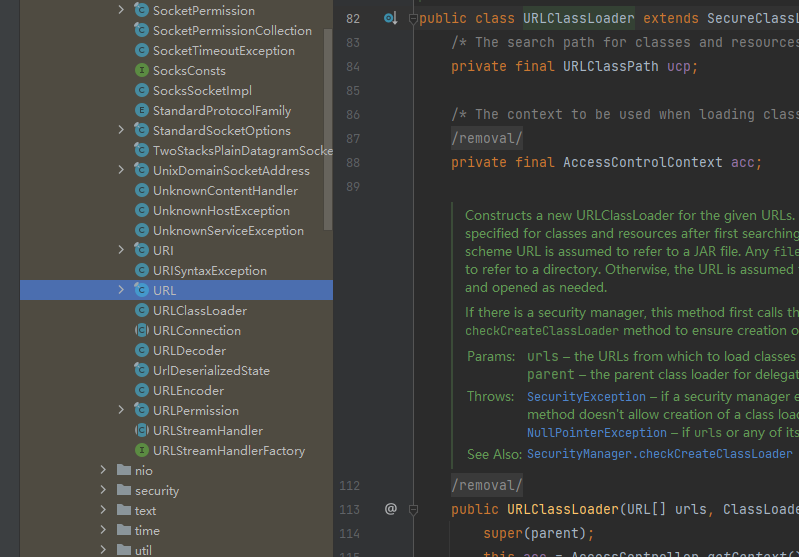
补充:什么是 low-level 资源?
在Spring框架中,Resource接口是一个抽象接口,用于统一访问各种低级别(low-level)的资源。低级别资源指的是那些需要通过底层I/O操作进行读取和写入的资源。具体来说,这些资源可以包括:
1. 文件系统资源
- 本地文件:在文件系统中的文件,例如文本文件、配置文件、图像文件等。
Resource resource = new FileSystemResource("/path/to/file.txt");
2. 类路径资源
- 类路径中的资源:通常是项目中的配置文件、静态资源等,位于类路径下。
Resource resource = new ClassPathResource("config/application.properties");
3. URL资源
- 网络资源:通过URL访问的资源,可以是HTTP、HTTPS、FTP等协议。
Resource resource = new UrlResource("http://example.com/resource.txt");
4. 内嵌资源
- 内嵌在JAR包或WAR包中的资源:通过类路径访问的资源,常用于读取内部配置文件或嵌入式资源。
Resource resource = new ClassPathResource("META-INF/spring.factories");
5. InputStream资源
- 输入流资源:从输入流中读取的资源,通常用于处理非文件系统的流数据。
InputStream inputStream = new ByteArrayInputStream("sample data".getBytes()); Resource resource = new InputStreamResource(inputStream);
6. ServletContext资源
- Web应用程序上下文中的资源:在Web应用的Servlet上下文中访问资源。
Resource resource = new ServletContextResource(servletContext, "/WEB-INF/config.xml");
示例代码
下面是一些示例代码,展示了如何使用Spring的Resource接口访问不同类型的资源:
import org.springframework.core.io.Resource;
import org.springframework.core.io.ClassPathResource;
import org.springframework.core.io.FileSystemResource;
import org.springframework.core.io.UrlResource;
import org.springframework.core.io.InputStreamResource;
import java.io.IOException;
import java.io.InputStream;
public class ResourceExample {
public static void main(String[] args) throws IOException {
// 1. 访问文件系统中的资源
Resource fileSystemResource = new FileSystemResource("/path/to/file.txt");
printResourceContent(fileSystemResource);
// 2. 访问类路径中的资源
Resource classPathResource = new ClassPathResource("config/application.properties");
printResourceContent(classPathResource);
// 3. 访问URL中的资源
Resource urlResource = new UrlResource("http://example.com/resource.txt");
printResourceContent(urlResource);
// 4. 访问输入流资源
InputStream inputStream = new ByteArrayInputStream("sample data".getBytes());
Resource inputStreamResource = new InputStreamResource(inputStream);
printResourceContent(inputStreamResource);
}
private static void printResourceContent(Resource resource) throws IOException {
try (InputStream is = resource.getInputStream()) {
byte[] buffer = new byte[is.available()];
is.read(buffer);
String content = new String(buffer);
System.out.println("Resource content: " + content);
}
}
}
结论
Spring的Resource接口提供了一种统一的方式来访问各种低级别的资源,无论这些资源是本地文件、类路径资源、URL资源还是输入流资源。通过使用Resource接口,开发人员可以轻松地读取和管理不同类型的资源,提升了代码的可维护性和灵活性。
8.2、Resource接口
Spring 的 Resource 接口位于 org.springframework.core.io 中。 旨在成为一个更强大的接口,用于抽象对低级资源的访问。以下显示了Resource接口定义的方法
public interface Resource extends InputStreamSource {
boolean exists();
default boolean isReadable() {
return this.exists();
}
default boolean isOpen() {
return false;
}
default boolean isFile() {
return false;
}
URL getURL() throws IOException;
URI getURI() throws IOException;
File getFile() throws IOException;
default ReadableByteChannel readableChannel() throws IOException {
return Channels.newChannel(this.getInputStream());
}
long contentLength() throws IOException;
long lastModified() throws IOException;
Resource createRelative(String relativePath) throws IOException;
@Nullable
String getFilename();
String getDescription();
}
Resource接口继承了InputStreamSource接口,提供了很多InputStreamSource所没有的方法。InputStreamSource接口,只有一个方法:
public interface InputStreamSource {
InputStream getInputStream() throws IOException;
}
其中一些重要的方法:
getInputStream(): 找到并打开资源,返回一个InputStream以从资源中读取。预计每次调用都会返回一个新的InputStream(),调用者有责任关闭每个流
exists(): 返回一个布尔值,表明某个资源是否以物理形式存在
isOpen: 返回一个布尔值,指示此资源是否具有开放流的句柄。如果为true,InputStream就不能够多次读取,只能够读取一次并且及时关闭以避免内存泄漏。对于所有常规资源实现,返回false,但是InputStreamResource除外。
getDescription(): 返回资源的描述,用来输出错误的日志。这通常是完全限定的文件名或资源的实际URL。
其他方法:
isReadable(): 表明资源的目录读取是否通过getInputStream()进行读取。
isFile(): 表明这个资源是否代表了一个文件系统的文件。
getURL(): 返回一个URL句柄,如果资源不能够被解析为URL,将抛出IOException
getURI(): 返回一个资源的URI句柄
getFile(): 返回某个文件,如果资源不能够被解析称为绝对路径,将会抛出FileNotFoundException
lastModified(): 资源最后一次修改的时间戳
createRelative(): 创建此资源的相关资源
getFilename(): 资源的文件名是什么 例如:最后一部分的文件名 myfile.txt
8.3、Resource的实现类
Resource 接口是 Spring 资源访问策略的抽象,它本身并不提供任何资源访问实现,具体的资源访问由该接口的实现类完成——每个实现类代表一种资源访问策略。Resource一般包括这些实现类:UrlResource、ClassPathResource、FileSystemResource、ServletContextResource、InputStreamResource、ByteArrayResource
8.3.1、UrlResource访问网络资源
Resource的一个实现类,用来访问网络资源,它支持URL的绝对路径。
http:------该前缀用于访问基于HTTP协议的网络资源。
ftp:------该前缀用于访问基于FTP协议的网络资源
file: ------该前缀用于从文件系统中读取资源
1)访问基于HTTP协议的网络资源
public class UrlResourceDemo {
public static void main(String[] args) {
//http前缀
loadUrlResource("http://www.baidu.com");
}
//访问前缀http、file
public static void loadUrlResource(String path) {
try {
//创建Resource实现类的对象 UrlResource
UrlResource url = new UrlResource(path);
System.out.println(url.exists());
System.out.println(url.isReadable());
System.out.println(url.isFile());
System.out.println(url.getURL());
System.out.println(url.getURI());
System.out.println(url.getFilename());
byte[] bytes = new byte[100];
int read = url.getInputStream().read(bytes);
System.out.println(new String(bytes));
} catch (Exception e) {
throw new RuntimeException(e);
}
}
}
2)在项目根路径下创建文件,从文件系统中读取资源
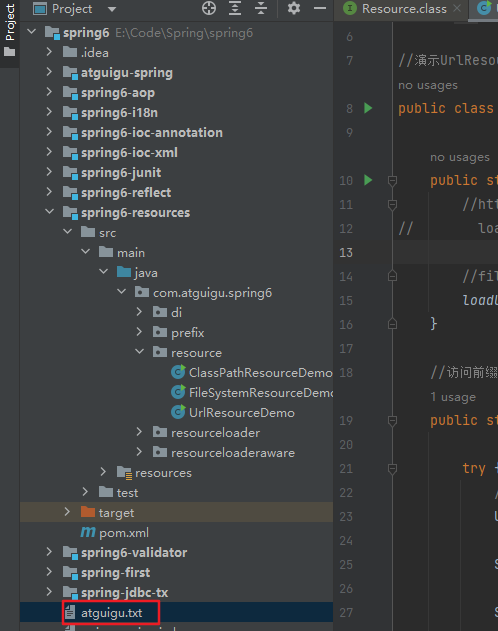
public class UrlResourceDemo {
public static void main(String[] args) {
//file前缀
loadUrlResource("file:atguigu.txt");
}
//访问前缀http、file
public static void loadUrlResource(String path) {
try {
//创建Resource实现类的对象 UrlResource
UrlResource url = new UrlResource(path);
System.out.println(url.exists());
System.out.println(url.isReadable());
System.out.println(url.isFile());
System.out.println(url.getURL());
System.out.println(url.getURI());
System.out.println(url.getFilename());
byte[] bytes = new byte[100];
int read = url.getInputStream().read(bytes);
System.out.println(new String(bytes));
} catch (Exception e) {
throw new RuntimeException(e);
}
}
}
8.3.2 ClassPathResource 访问类路径下资源
ClassPathResource 用来访问类加载路径下的资源,相对于其他的 Resource 实现类,其主要优势是方便访问类加载路径里的资源,尤其对于 Web 应用,ClassPathResource 可自动搜索位于 classes 下的资源文件,无须使用绝对路径访问。
1)实验:在类路径下创建文件atguigu.txt,使用ClassPathResource 访问
//访问类路径下资源
public class ClassPathResourceDemo {
public static void loadClasspathResource(String path) {
//创建对象ClassPathResource
ClassPathResource resource = new ClassPathResource(path);
System.out.println(resource.getFilename());
System.out.println(resource.getDescription());
//获取文件内容
try {
InputStream in = resource.getInputStream();
byte[] b = new byte[1024];
while(in.read(b)!=-1) {
System.out.println(new String(b));
}
} catch (IOException e) {
throw new RuntimeException(e);
}
}
public static void main(String[] args) {
loadClasspathResource("atguigu.txt");
}
}
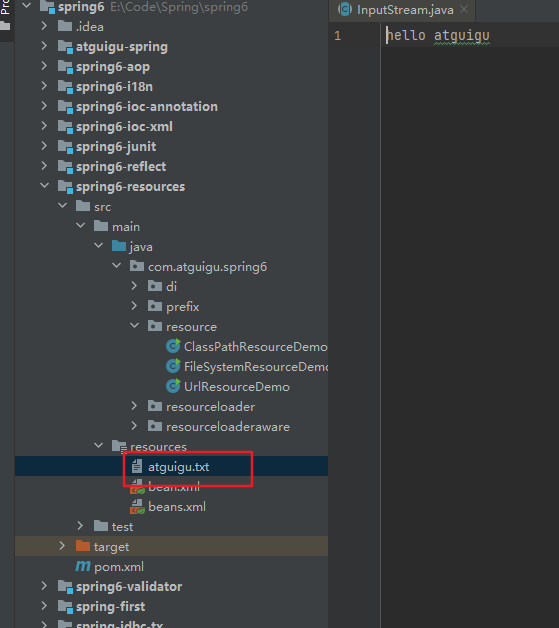
8.3.3、FileSystemResource 访问文件系统资源
Spring 提供的 FileSystemResource 类用于访问文件系统资源,使用 FileSystemResource 来访问文件系统资源并没有太大的优势,因为 Java 提供的 File 类也可用于访问文件系统资源。
8.3.4、ServletContextResource
8.3.5、InputStreamResource
8.3.6、ByteArrayResource
8.4、Resource类图

8.5、ResourceLoader 接口
在ResourceLoader接口里有如下方法:
(1)Resource getResource(String location) : 该接口仅有这个方法,用于返回一个Resource实例。ApplicationContext实现类都实现ResourceLoader接口,因此ApplicationContext可直接获取Resource实例。
8.5.1、使用演示
实验一:ClassPathXmlApplicationContext获取Resource实例
package com.atguigu.spring6.resouceloader;
import org.springframework.context.ApplicationContext;
import org.springframework.context.support.ClassPathXmlApplicationContext;
import org.springframework.core.io.Resource;
public class Demo1 {
public static void main(String[] args) {
ApplicationContext ctx = new ClassPathXmlApplicationContext();
// 通过ApplicationContext访问资源
// ApplicationContext实例获取Resource实例时,
// 默认采用与ApplicationContext相同的资源访问策略
Resource res = ctx.getResource("atguigu.txt");
System.out.println(res.getFilename());
}
}
实验二:FileSystemApplicationContext获取Resource实例
package com.atguigu.spring6.resouceloader;
import org.springframework.context.ApplicationContext;
import org.springframework.context.support.FileSystemXmlApplicationContext;
import org.springframework.core.io.Resource;
public class Demo2 {
public static void main(String[] args) {
ApplicationContext ctx = new FileSystemXmlApplicationContext();
Resource res = ctx.getResource("atguigu.txt");
System.out.println(res.getFilename());
}
}
8.5.3、ResourceLoader 总结
当Spring应用需要进行资源访问时,实际上并不需要直接使用Resource实现类,而是调用ResourceLoader实例的getResource()方法来获得资源,ReosurceLoader将会负责选择Reosurce实现类,也就是确定具体的资源访问策略,从而将应用程序和具体的资源访问策略分离开来
8.6、ResourceLoaderAware 接口
ResourceLoaderAware接口实现类的实例将获得一个ResourceLoader的引用,ResourceLoaderAware接口也提供了一个setResourceLoader()方法,该方法将由Spring容器负责调用,Spring容器会将一个ResourceLoader对象作为该方法的参数传入。
==具体看 Spring Bean生命周期 --> 初始化Bean 中的 —> invokeAware ==
如果把实现ResourceLoaderAware接口的Bean类部署在Spring容器中,Spring容器会将自身当成ResourceLoader作为setResourceLoader()方法的参数传入。由于ApplicationContext的实现类都实现了ResourceLoader接口,Spring容器自身完全可作为ResorceLoader使用
实验:演示ResourceLoaderAware使用
第一步 创建类,实现ResourceLoaderAware接口
package com.atguigu.spring6.resouceloader;
import org.springframework.context.ResourceLoaderAware;
import org.springframework.core.io.ResourceLoader;
public class TestBean implements ResourceLoaderAware {
private ResourceLoader resourceLoader;
//实现ResourceLoaderAware接口必须实现的方法
//如果把该Bean部署在Spring容器中,该方法将会有Spring容器负责调用。
//SPring容器调用该方法时,Spring会将自身作为参数传给该方法。
public void setResourceLoader(ResourceLoader resourceLoader) {
this.resourceLoader = resourceLoader;
}
//返回ResourceLoader对象的应用
public ResourceLoader getResourceLoader(){
return this.resourceLoader;
}
}
第二步 创建bean.xml文件,配置TestBean
<?xml version="1.0" encoding="UTF-8"?>
<beans xmlns="http://www.springframework.org/schema/beans"
xmlns:xsi="http://www.w3.org/2001/XMLSchema-instance"
xsi:schemaLocation="http://www.springframework.org/schema/beans http://www.springframework.org/schema/beans/spring-beans.xsd">
<bean id="testBean" class="com.atguigu.spring6.resouceloader.TestBean"></bean>
</beans>
第三步 测试
package com.atguigu.spring6.resouceloader;
import org.springframework.context.ApplicationContext;
import org.springframework.context.support.ClassPathXmlApplicationContext;
import org.springframework.core.io.Resource;
import org.springframework.core.io.ResourceLoader;
public class Demo3 {
public static void main(String[] args) {
//Spring容器会将一个ResourceLoader对象作为该方法的参数传入
ApplicationContext ctx = new ClassPathXmlApplicationContext("bean.xml");
TestBean testBean = ctx.getBean("testBean",TestBean.class);
//获取ResourceLoader对象
ResourceLoader resourceLoader = testBean.getResourceLoader();
System.out.println("Spring容器将自身注入到ResourceLoaderAware Bean 中 ? :" + (resourceLoader == ctx));
//加载其他资源
Resource resource = resourceLoader.getResource("atguigu.txt");
System.out.println(resource.getFilename());
System.out.println(resource.getDescription());
}
}
8.7 应用程序上下文和资源路径
不管以怎样的方式创建ApplicationContext实例,都需要为ApplicationContext指定配置文件,Spring允许使用一份或多分XML配置文件。当程序创建ApplicationContext实例时,通常也是以Resource的方式来访问配置文件的,所以ApplicationContext完全支持ClassPathResource、FileSystemResource、ServletContextResource等资源访问方式。
ApplicationContext确定资源访问策略通常有两种方法:
- (1)使用ApplicationContext实现类指定访问策略。
- (2)使用前缀指定访问策略。
8.8.1、ApplicationContext实现类指定访问策略
创建ApplicationContext对象时,通常可以使用如下实现类:
(1) ClassPathXMLApplicationContext : 对应使用ClassPathResource进行资源访问。
(2)FileSystemXmlApplicationContext : 对应使用FileSystemResource进行资源访问。
(3)XmlWebApplicationContext : 对应使用ServletContextResource进行资源访问。
当使用ApplicationContext的不同实现类时,就意味着Spring使用响应的资源访问策略。
